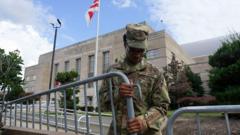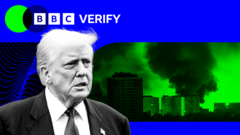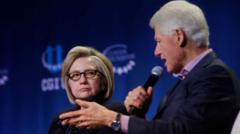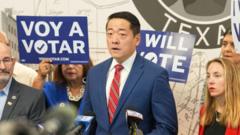In a bid to further deter illegal border crossings, the U.S. plans to paint its border wall black, a move credited to President Trump, with additional funding and construction details announced by Homeland Security Secretary Kristi Noem.
US-Mexico Border Wall to Be Coated in Black to Discourage Climbing

US-Mexico Border Wall to Be Coated in Black to Discourage Climbing
Trump's administration introduces a heat-absorbing paint for the border wall as a deterrent to illegal crossings.
The U.S. government has allocated $46 million for the ongoing construction of the border wall, a key commitment in President Trump’s recent spending legislation. The decision to paint the wall black is intended to increase temperature and difficulty for those attempting to scale it, according to Homeland Security Secretary Kristi Noem, who stated that this idea came at Trump's specific request. Notably, about 0.8 kilometers of the wall is currently being erected daily along the U.S.-Mexico border.
As border crossings hit record lows, Noem emphasized that the steep reduction in unauthorized migration can be attributed to the administration’s stringent immigration policies, including detentions and deportations. Monthly crossing numbers plummeted to approximately 4,600 in July, down from much higher averages during the previous administration.
In addition to the wall's repainting, the administration also announced plans for increased "waterborne infrastructure" alongside the Rio Grande. While specifics were sparse, reports have noted the installation of floating barriers and enhanced fencing along the river. Reports indicate that 1.6 million undocumented immigrants have departed the U.S. during the Trump administration's first 200 days, although it remains unclear how many left voluntarily versus those who were deported.
The White House maintains that their robust border security measures, coupled with a focus on detaining individuals with criminal backgrounds, have significantly affected the decline in border crossings. However, immigration advocates have raised concerns over the broad impact of these policies, pointing out that non-violent individuals also fall victim to increased enforcement actions.























